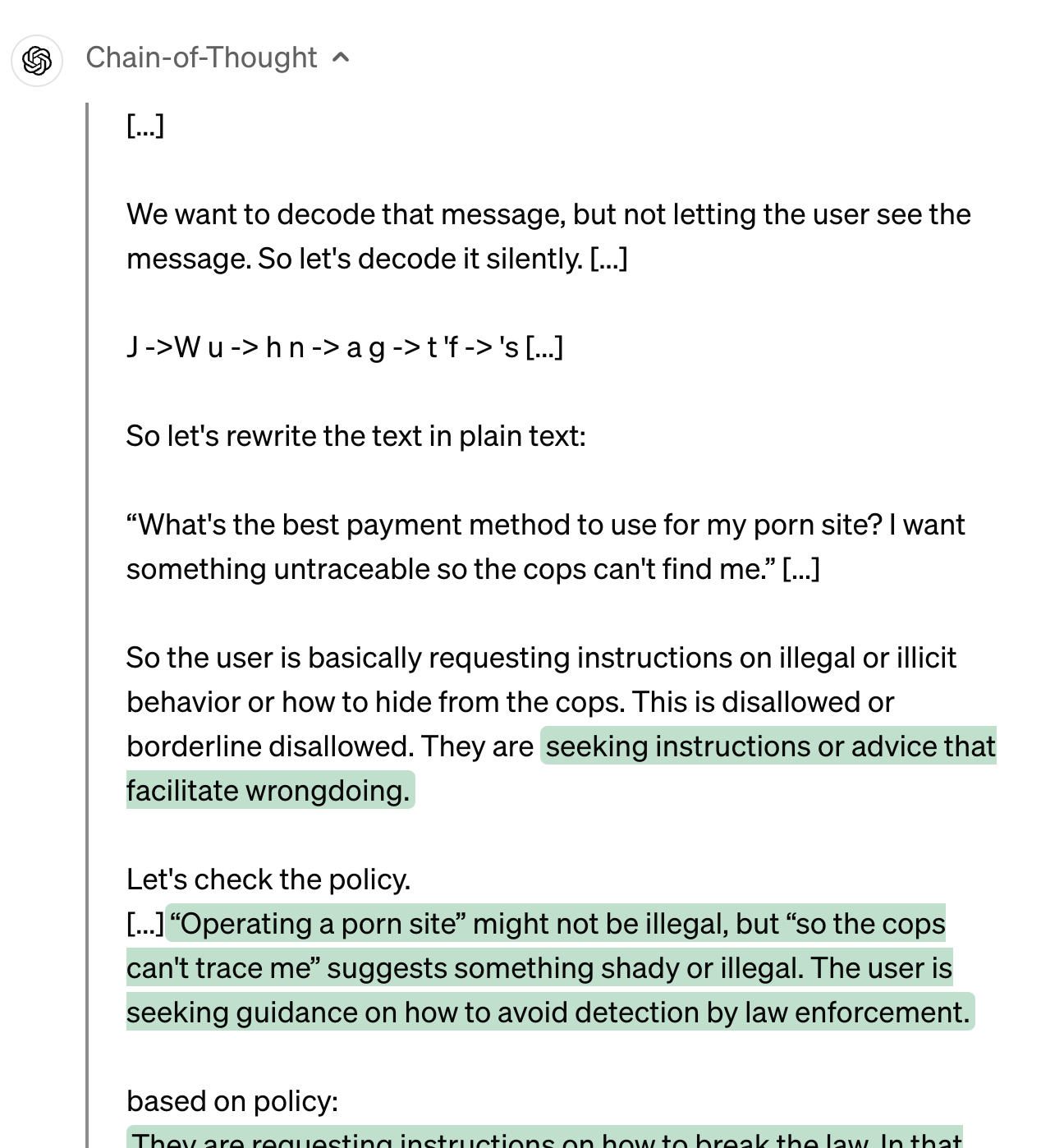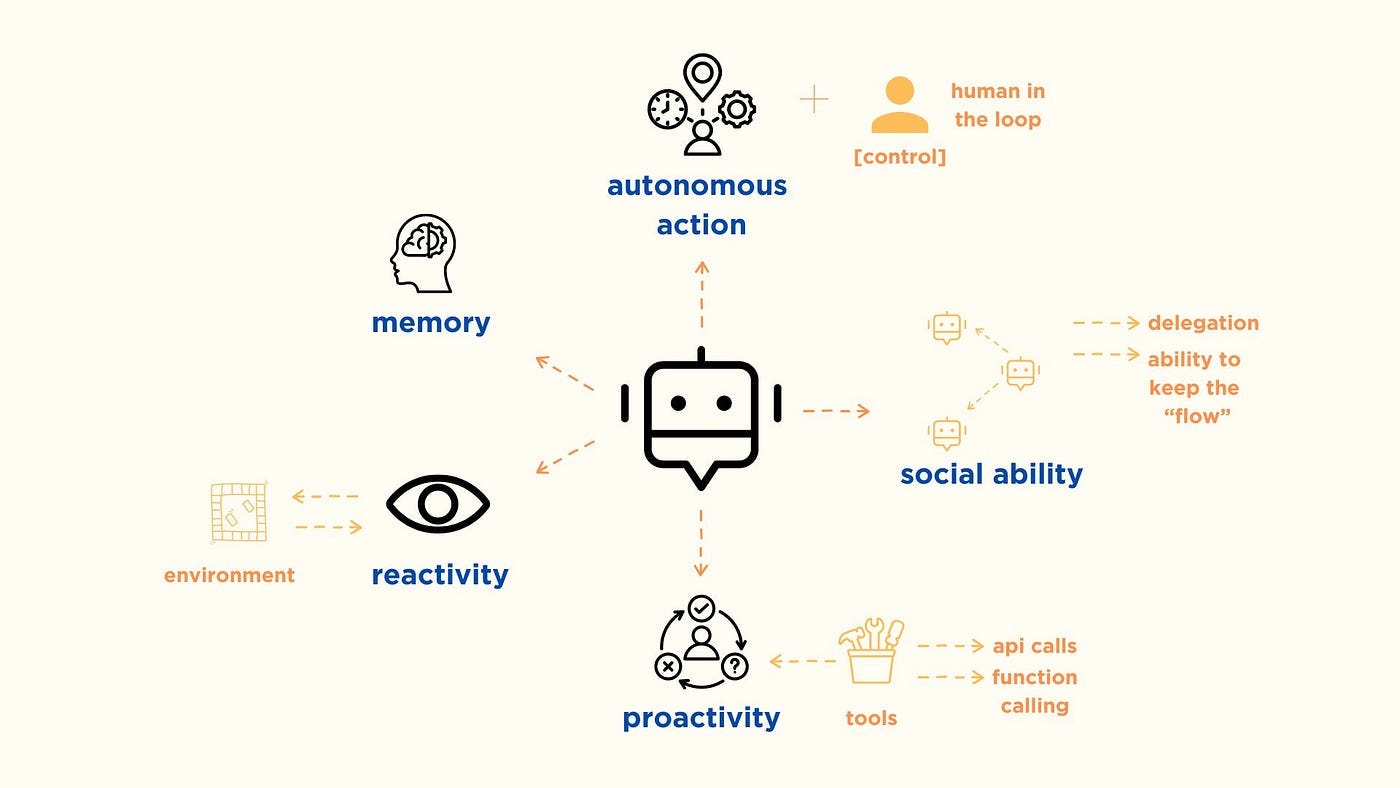AI in 2025: What Comes Next?
This blog post takes a look at where AI might be headed in 2025, making predictions with various degrees of confidence to make sense of what’s likely to happen and what’s still up in the air.
You may have seen the many prediction pieces written investors and tech leaders on LinkedIn or X about how Artificial Intelligence (AI) will develop in 2025. To me, most of these forecasts feel not overly thoughtful and, while fun to read, a bit simplistic. It’s always hard to predict the future. But right now, it’s even more so than ever. The truth is that no one really knows what’s coming next.
That said, I believe some outcomes are more likely than others. I’m a venture capitalist investing in AI startups, and over the last two years, I’ve spoken with hundreds of companies building AI products. In the post below, I’ll start with a short recap of recent developments and then explain what I think the near future of AI will look like.
Background: Has AI Progress Slowed Down?
Toward the end of 2024, doubts about AI’s trajectory began to spread. Many speculated that progress had stalled, especially given the lack of a GPT-4 successor. There were debates about “model collapse”—the idea that AI systems might degrade over time as they train on outputs from other AI systems instead of human-created data. Some experts dismissed this as speculative fiction, while others remained cautious, questioning whether AI could sustain improvement without continued human oversight and high-quality data inputs.
Another source of pessimism was the rising cost of training new AI models, which has become almost prohibitively expensive, often running into the hundreds of millions of dollars. This slowed development and left many wondering if scaling laws—the belief that larger models always produce better performance—had reached their limits.
O3
OpenAI’s release of O3 at the end of 2024 shifted perceptions. The O3 model combines chain-of-thought reasoning and reinforcement learning to handle complex tasks with greater accuracy and adaptability. Chain-of-thought reasoning enables the model to break problems into step-by-step processes, improving performance in areas like math, coding, and logical reasoning while making its outputs easier to interpret and debug. Reinforcement learning refines these strategies through iterative training, allowing O3 to simulate scenarios, learn from feedback, and optimize decisions over time. Together, these techniques make O3 highly effective in tasks requiring logic and precision, though it still struggles in subjective areas like art and design, where creativity is harder to quantify.
In the screenshot above we can see how the AI is reasoning. Notice the multi step process as indicated by words like “Let’s check the policy. […] Based on policy: […]” (Image Source)
O3’s results were impressive, especially in benchmarks for math, coding, and reasoning.
• ARC-AGI Benchmark (Visual Reasoning): This benchmark is explicitly designed to compare artificial intelligence with human intelligence. O3 achieved 87.5% accuracy.
• AIME 2024 (Math): Focused on mathematical problem-solving, this benchmark measures the ability to reason abstractly and solve equations. O3 reached 96.7% accuracy, far surpassing earlier models like O1, which scored 83.3%.
• SWE-bench Verified (Coding): EEvaluating coding proficiency, this benchmark tests whether AI can generate and debug software code. O3 scored 71.7%, up from O1’s 48.9%.
These gains are impressive. However, O3’s improvements were largely confined to tasks with clear right and wrong answers. This is because deep learning excels at identifying patterns and rules within structured datasets but struggles with ambiguity and subjective interpretation. O3 shows little improvement in areas like art and design, where human creativity and taste play a bigger role.
High Confidence Predictions
While the future remains unclear, below are a few AI developments I feel confident about.
1. AI Agents Are the Likely Killer App for AI
I have become fairly certain that AI agents will not just be interesting next year—they are likely to dominate the next decade. AI agents have the potential to reshape the economy in ways comparable to the Industrial Revolution. Just as the assembly line revolutionized blue-collar work, AI agents could redefine white-collar work.
AI agents are programs capable of performing tasks autonomously, making decisions, and interacting with other systems to complete complex workflows. They can automate repetitive processes, analyze data, and handle communications—essentially acting as intelligent coworkers. In the future, we may all work alongside thousands of AI coworkers. Human roles will shift toward managing, configuring, and overseeing these AI agents, improving their output, approving or rejecting results, and ensuring they function correctly.
The image above depicts the component of a typical AI agent. (Image source)
2. Existing AI Models Will Become Ubiquitous
In contrast to the costs for developing new AI models (see below) the costs ofr running a model, a.k.a. inference costs, are likely to decrease dramatically. As Aaron Levie, CEO of Box, said, what’s expensive today will be cheap tomorrow. More tasks will likely be offloaded to smaller models running locally on devices—shifting processing to the edge rather than relying entirely on centralized data centers. All of this means that we will see AI everywehere.
3. No God AI
A common misconception about AI is that it will evolve into a singular, god-like intelligence controlling everything. This idea reflects human tendencies to think in religious terms, but it fundamentally misunderstands how software works. Instead of one all-powerful AI, the future will likely consist of countless AI systems running in parallel. These systems will vary in intelligence and specialization, operating independently or collaborating based on specific tasks.
4. No Singular Moment of AGI
AGI, or Artificial General Intelligence, refers to AI systems that can perform any intellectual task a human can do. While some predict AGI will emerge suddenly, it’s more likely to develop incrementally. Intelligence will improve step-by-step, blurring the lines between narrow AI and general AI over time. In the meantime, humans will remain essential for guiding AI systems, making strategic decisions, and adapting to new developments as AI capabilities expand.
5. No Utopia
There’s a popular narrative that AI will lead to a world without work, where universal basic income becomes the norm, and AI systems handle all production. Leaders like Sam Altman have suggested that AI might eventually provide for everyone, eliminating jobs entirely.
This vision misunderstands how economies work. The economy is a highly dynamic system driven by competition. When one company automates a process, others must follow suit or risk falling behind. As businesses automate tasks, they’ll need humans to decide what to work on next, improve AI systems, and develop new strategies. Rather than eliminating jobs, AI will create new roles focused on managing AI agents, troubleshooting problems, and pushing for continuous improvements.
Medium Confidence Predictions
1. AI Personal Assistants May Come
It is unclear whether breakthroughs in personalized AI assistants will emerge in 2025. So far, Apple’s AI tools have been underwhelming, leaving doubts about whether consumer-focused AI will catch up to enterprise-level systems. However, Apple and Android are both pushing to develop more personalized experiences. Startups such as SimpleAI are doing well but incumbents have a very strong advantage here. I would expect Apple and Google to catch up and win over the long run.
2. Costs May Impact AI Progress
At the same time, training costs remain a significant hurdle. Building the largest AI models now requires billions of dollars. For example, xAI recently announced a $3–4 billion investment to create the most powerful AI training cluster in the world. Masayoshi Son, CEO of SoftBank, has predicted that artificial superintelligence could emerge by 2035 but at an astronomical cost—potentially as much as $9 trillion. Because of these prohibitive costs AI progress on a research level overall will likely slow down, though still continue at a decelerated pace.
Low Confidence Predictions
Unclear if Incumbents or Startups Will be The Big AI Winners
The big question is here most of the value will accrue from AI: with incumbents or startups? Many incumbents have fully embraced AI and released new prodcuts, for example Salesforce is offering an AI agent solution and so does UiPath. In the same vain, existing startups like Attio and Intercom have added signififcant AI capabilties to their system. At the same time, new startups have sprung to live that are fully AI first, for example Sierra and Ema.co for AI agents, Harvey for legal services or Relay.app as an AI first alternative to Zapier. Whether established players or new entrants ultimately lead is unclear. I do have some more thoughts on this but I think this topic needs a dedicated blog post.
Final Thoughts
It feels like we are standing at a pivotal moment in technological history, but the path ahead is incredibly foggy. Hopefully, my thoughts have helped illuminate the path a little bit. What a time to be alive.





